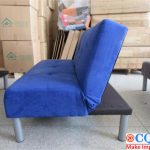Tightness test,The most common tests in quality inspection
Many of the importers’ imported daily necessities from China, and the testing items in the process of inspection naturally contain tests on whether their functions are perfect or not. For example, if you need to use a product under closed environment. you should check the air tightness or water permeability of the product and conduct tightness test. In CQI inspection, there are the following test categories:
How To Do The Tightness Test
First, for the tightness test of pipe products, inspection through water is generally adopted. All sealing nozzles of the product are manually or automatically blocked, sunk into the water and inflated by the inflator to see if there are bubbles in the pipe body in the water, if there are no bubbles, there is no leakage, and if there are bubbles, side leakage points can be seen. This is one of the simplest and most common test methods.
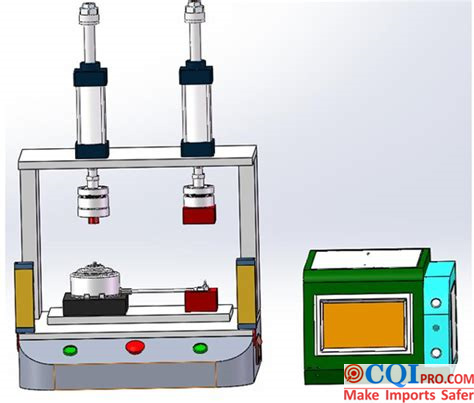
Second, mechanical products generally use airtight detectors to conduct tightness test, i.e. all sealing nozzles of the products are manually or automatically blocked, test gas enters the workpiece through the test instrument for testing, then pressure changes are judged by sensors in the instrument, and finally whether leakage occurs or not is judged. All such products will have accurate calculation formulas and data comparison, and have different standards according to the requirements of different products.
Through comparison, we can know that the water inspection method is low in cost, but it is only identified by human eyes, and there will be missed inspection. In addition, it will cause damage to some workpieces, such as rusting and corrosion of metal parts, and some workpieces will be dried after water inspection, but it is easier to detect which part of the workpiece leaks. Instrument detection cost is high, but the operation is relatively simple and efficient, especially for small workpieces. Generally, there will be no misjudgment and no damage to the workpiece. The disadvantage is that only leakage can be detected and no specific leakage can be detected. The CQI inspection will do random sampling on basis of the product characteristics, and flexible selection of the corresponding tightness test method.
The Difference Between Air Tightness Test And Air Pressure Test
Third, compare the difference between air tightness test and air pressure test. First of all, they have different purposes. The air tightness test is to check the tightness of the container, and the air pressure test is to check the pressure strength of the container. Secondly, the test pressure is different, and the air tightness test pressure is 1.15 times of the design pressure of the container.
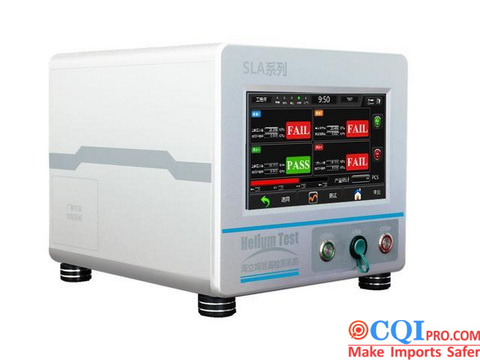
During the actual inspection of CQI, the product’s tightness test will be performed by simulating the consumer’s living environment, such as a toilet box with a sealing ring cover. CQI will put a proper amount of water in the lunch box, cover the lid and fasten the buckle. A piece of dry white paper will be placed on the table and the lunch box will be placed side by side. After 3 – 5 hours, check whether there is any water stain on the paper and whether there is any water stain on the side of the product to check the water penetration rate of the product.
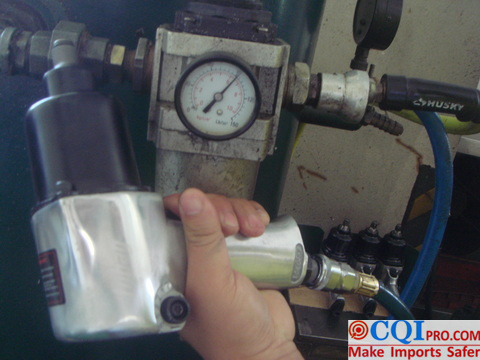
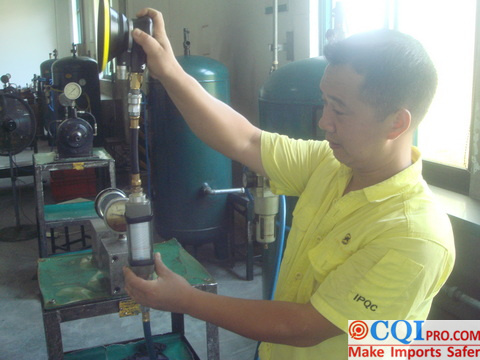
The importer’s inspection requirements for such products are to formulate different requirements and standards according to the characteristics of the products and to combine the product inspection protocal of CQI , gives a more complete inspection process.
CQI5 is committed to providing importers worldwide with product quality inspection services that far exceed those of our peers. If you are planning to import or have imported from China or Southeast Asian countries, please contact us cs’@’cqipro.com to learn more about how we can make your imports safer.
This article is an original article for CQI Inspection, who is committed to providing high-quality product inspection technology and know-how sharing for global importers and retailers to make imports safer.
All rights reserved. The contents of this website provided by CQI Inspection may not be reproduced or used without express permission.
For reprint, please contact with CQI Inspection, thank you.




